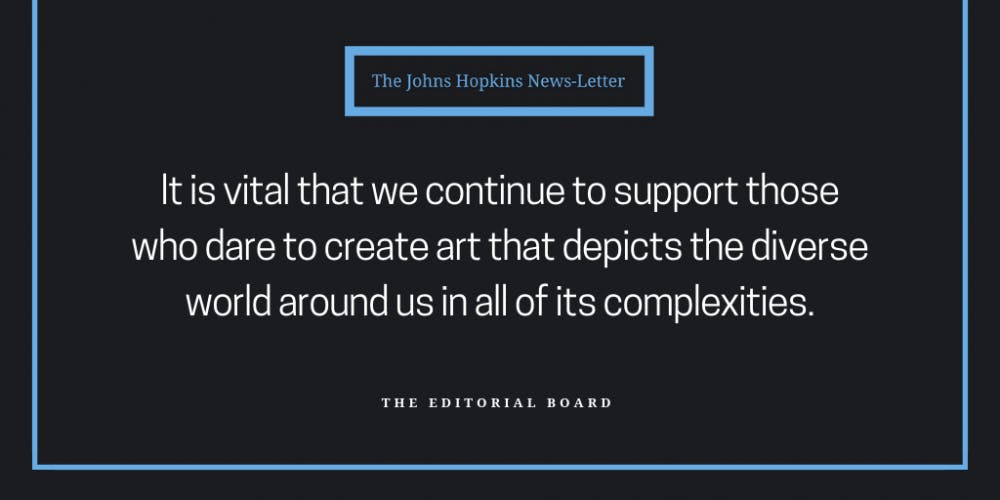2018 was a historic year for visibility and diversity in film. Black Panther. Crazy Rich Asians. Roma. BlacKkKlansmen. Spider-Man: Into the Spider-Verse. These are just a few critically and commercially successful movies that broke barriers by making people of color big-screen superheroes, romantic male leads and defiant heroines.
Looking at these films, we may be quick to celebrate what might seem like a victory for underrepresented groups in the entertainment industry. But when it comes to diversity in film, the U.S. still has a long way to go. For proof, we can look at the results of this weekend’s 91st Academy Awards (the Oscars) and their winners.
Some people might dismiss the importance of the Oscars, criticizing the Academy members for not only being predominantly white, but also superficial and elitist — for nominating films touted by critics and professionals rather than those that everyday people know and love. But despite the faults we may find in the Oscars, they still matter. The awards influence our own opinions on which films are worth seeing, on the films and filmmakers that we choose to support. They determine who we look up to and which stories are deemed culturally significant to our society at the time.
There were many moments during Sunday’s Academy Awards to celebrate. Alfonso Cuarón, the Latinx and Mexican director of Roma, won the award for Best Director. Three of the four acting awards went to people of color: African-American actress Regina King, African-American actor Mahershala Ali and Egyptian-American actor Rami Malek. African-American filmmaker Spike Lee won his first Oscar for Best Adapted Screenplay. Into the Spider-Verse, which features many voice actors of color and whose lead is a young Afro-Latino boy, won Best Animated Feature. Domee Shi, a Chinese-Canadian woman, won Best Animated Short for directing Bao.
But there were also some disappointing nominations and wins, the most noteworthy of which was Green Book winning Best Picture. The film’s success throughout the night – it also won the award for Best Screenplay and Ali won Best Supporting Actor – came as a surprise to some people in light of the fact that it was neither a huge commercial nor critical success. Additionally, the film portrays Tony Lip as a prejudiced white man who gradually becomes more accepting through his friendship with Ali’s character, Don Shirley. For many critics, characterizing Lip as someone who is progressive and tolerant glossed over the racist realities of the 1960s.
Green Book was not the only controversial film to be lauded this weekend. The Freddie Mercury biopic Bohemian Rhapsody secured several nominations – including one for Best Picture – and won four awards despite the multiple allegations of sexual misconduct against its director Bryan Singer. In the wake of the #MeToo movement, the film’s continued success was particularly frustrating. Films are neither created nor consumed in a vacuum, and supporting a film also means supporting and approving of the people who created it. Hollywood must continue to be held accountable for continuing to put individuals like Singer in positions of influence and power.
This year’s ceremony illustrated that there are more individuals of color securing roles in front of the camera and behind the scenes, a development that is truly exciting to witness. Still, the makeup of The Academy of Motion Pictures Arts and Sciences, the body of 8,000 industry professionals which votes on the Oscars each year, remains largely unrepresentative of the country’s diverse population. According to its 2018 report, only 31 percent of members are women and 16 percent are racial minorities, compared to a U.S. population of 50.8% women and 39.3% people of color. Looking at these numbers, it becomes easier to see how a film like Green Book could receive Best Picture.
Why are there not more women and individuals of color in the Academy? This is undoubtedly due in part to the racism and biases in the film industry, which it has only just begun to contend with. But there are other factors at play. Before they can reach the top tiers of such industries, children and young adults in underrepresented groups typically must have access to an education in the arts. For students of color who come from low-income communities, deciding to major in a humanities field like film is a risk that they simply cannot afford to take. The film industry is rife with low-paying jobs and is notoriously difficult to break into without the connections that white people are more likely to enjoy.
According to the American Academy of Arts and Sciences, only 22 percent of humanities bachelor’s degrees were awarded to students from traditionally underrepresented racial/ethnic groups in 2015. This includes students who identify as African American, Hispanic or American Indian/Alaska Native.
The stories we tell have the ability to open up new opportunities for generations to come. So do the stories we choose to recognize with awards. It is vital that we continue to support those who dare to create art that depicts the diverse world around us in all of its complexities. And if there’s a story that you want to see on the big screen, let this year’s successes serve as a reminder that there is most likely an audience out there anxiously waiting for someone to tell it. This was a progressive year of firsts for film, but there are many more firsts to come.

















